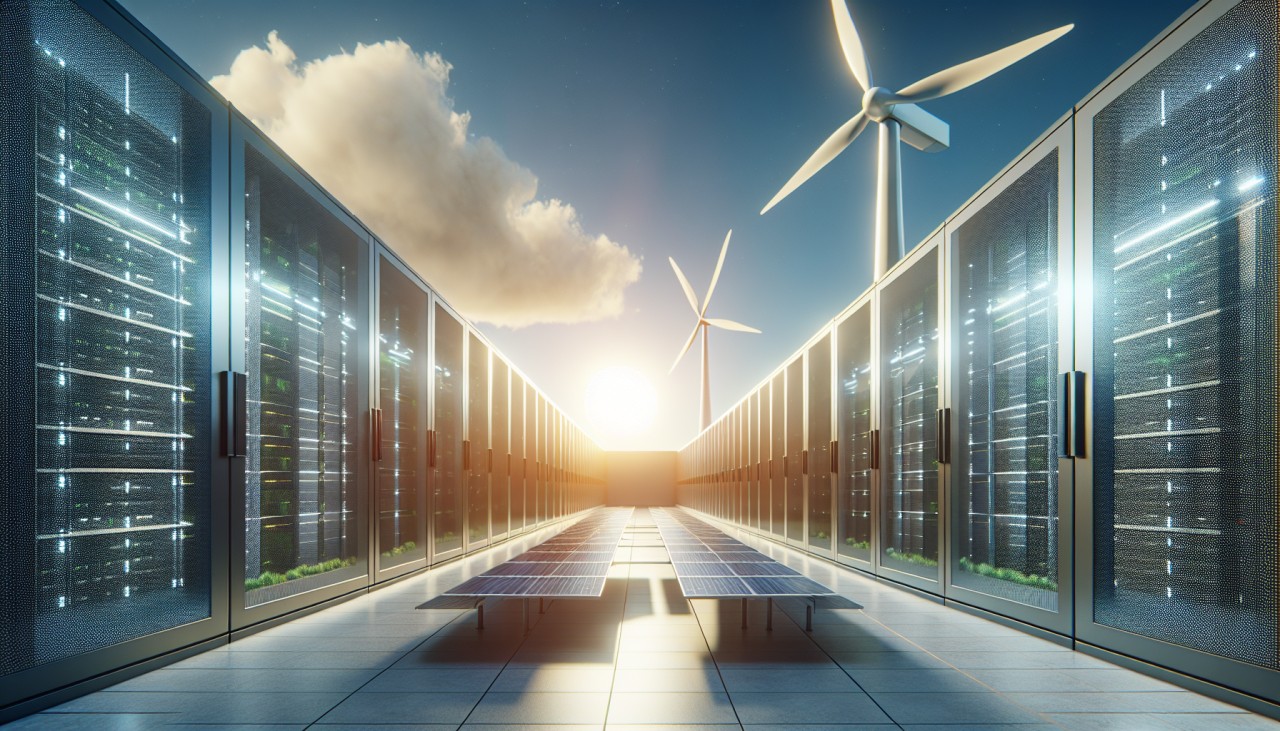


In recent years, the tech industry has made significant strides toward sustainability through green computing initiatives. Companies like Google, Microsoft, and Amazon are leading the charge by powering their data centers with renewable energy sources such as solar and wind. This shift not only reduces carbon footprints but also aligns with global efforts to combat climate change. For instance, Google has entered a $20 billion partnership to develop U.S. data center capacity with co-located solar, wind, and battery storage, aiming to meet the growing demand for data processing while adhering to net-zero goals. reuters.com
Beyond energy sourcing, green computing encompasses hardware innovations and operational efficiencies. The adoption of low-power servers and advanced cooling systems, such as liquid cooling, has led to substantial energy savings. Liquid cooling, for example, can reduce energy consumption by up to 30%, addressing the significant energy used for cooling in data centers. technologyreview.com Additionally, the concept of urban mining, which involves recycling valuable materials from unused electronic devices, contributes to a circular economy and minimizes electronic waste. Despite these advancements, challenges remain, including the need for efficient energy storage solutions and the integration of renewable energy into existing infrastructure. Nonetheless, the ongoing commitment to green computing practices signifies a positive trend toward a more sustainable and energy-efficient technological future.